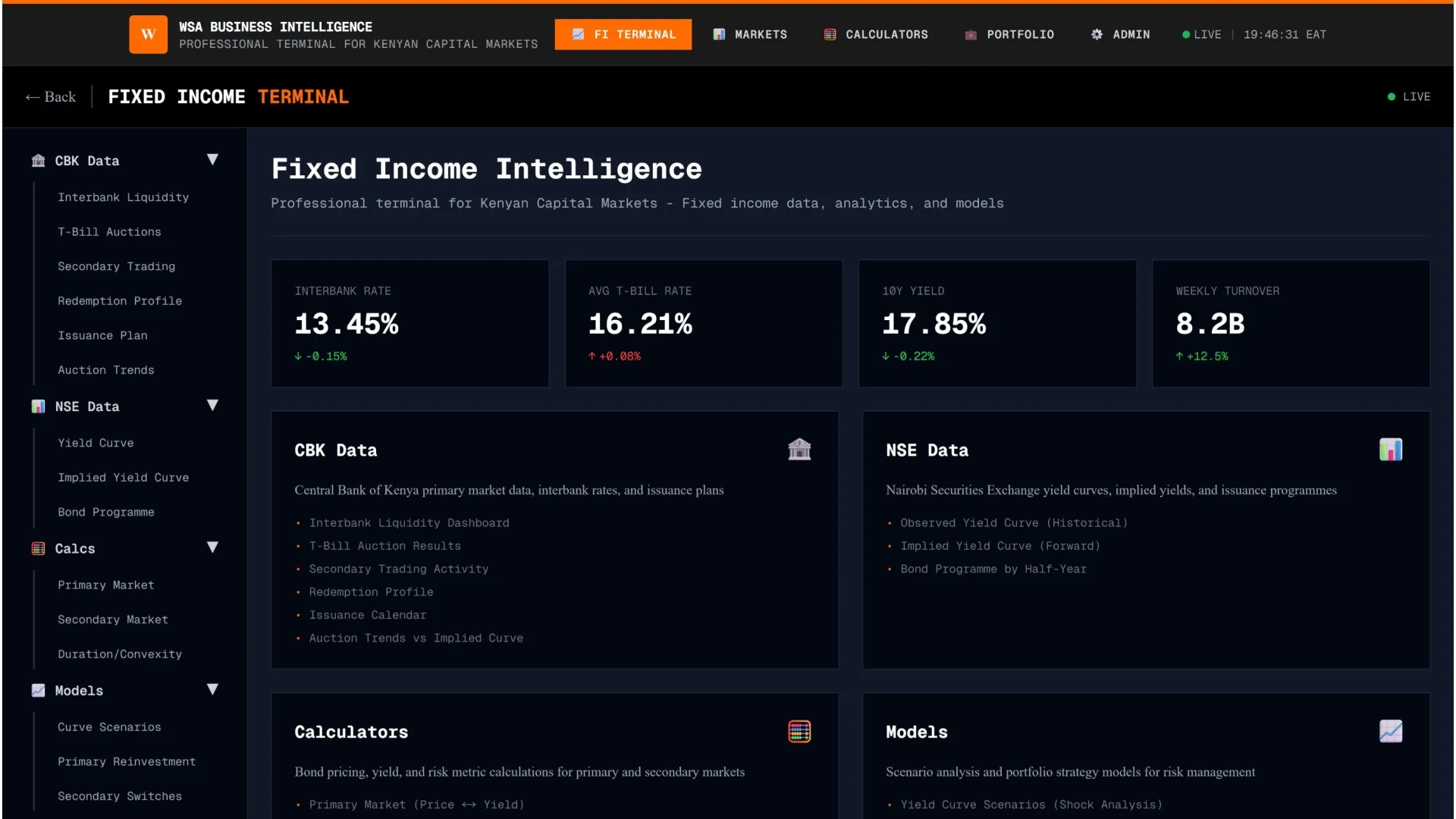Kenya’s banking sector is pushing for an overhaul of the existing risk based pricing model to a common reference rate, arguing that the current framework has made it hard to adjust rates downwards in line with the central bank rate.
- •Banks argue that the risk based pricing model is not sensitive enough to market changes, presenting different price points that create complexity and inconsistencies across the industry.
- •According to Stanbic CEO Joshua Oigara, banks have submitted proposals to the CBK, hinting concrete action before the end of the first quarter.
- •The industry is actively lobbying CBK for a comprehensive review and amendment of the Risk-Based Pricing framework, with a strong preference for the reforms to be completed within 2025.
“We are all as an industry disagreeing with the CBK around risk-based pricing, but remember, we are the ones who created the models and got them approved,” Oigara noted on Wednesday in Stanbic’s results earnings release.
Commercial banks have announced reductions in lending rates after CBK’s twin move to cut both the benchmark Central Bank Rate (CBR) to 10.75% and the Cash Reserve Ratio (CRR) to 3.25%.
The CBK has cut a total of 225 basis points cut in the Central Bank Rate since August 2024 when it began its easing cycle from a high of 13%. In February, the CBK directed that lenders lower their rates in line with the new monetary policy stance threatening penalization and on site inspections.
The prevailing Risk-Based Pricing model embodies assessment of borrowers’ individual risk profiles such as credit history, sector exposure and repayment capacity, allowing each bank to develop and apply its own pricing models, resulting in different rates across the sector.
“Sitting at the governing council, we are positioning with the regulator to make amendments and review the risk-based pricing this year across industry,” Oigara said. “We believe that we need a reference rate, and it is something that is being engaged at industry level, more like your SOFR based model for foreign currency loans.”
The common reference rate mimics the Secured Overnight Financing Rate (SOFR) used in global markets, where lending rates are anchored to a reference base rate reflecting broad economic and market conditions and then layer on customer-specific risk premiums.
Closer to it was the Kenya Banks’ Reference Rate (KBRR) introduced in July 2014 seeking to make credit transparent.




